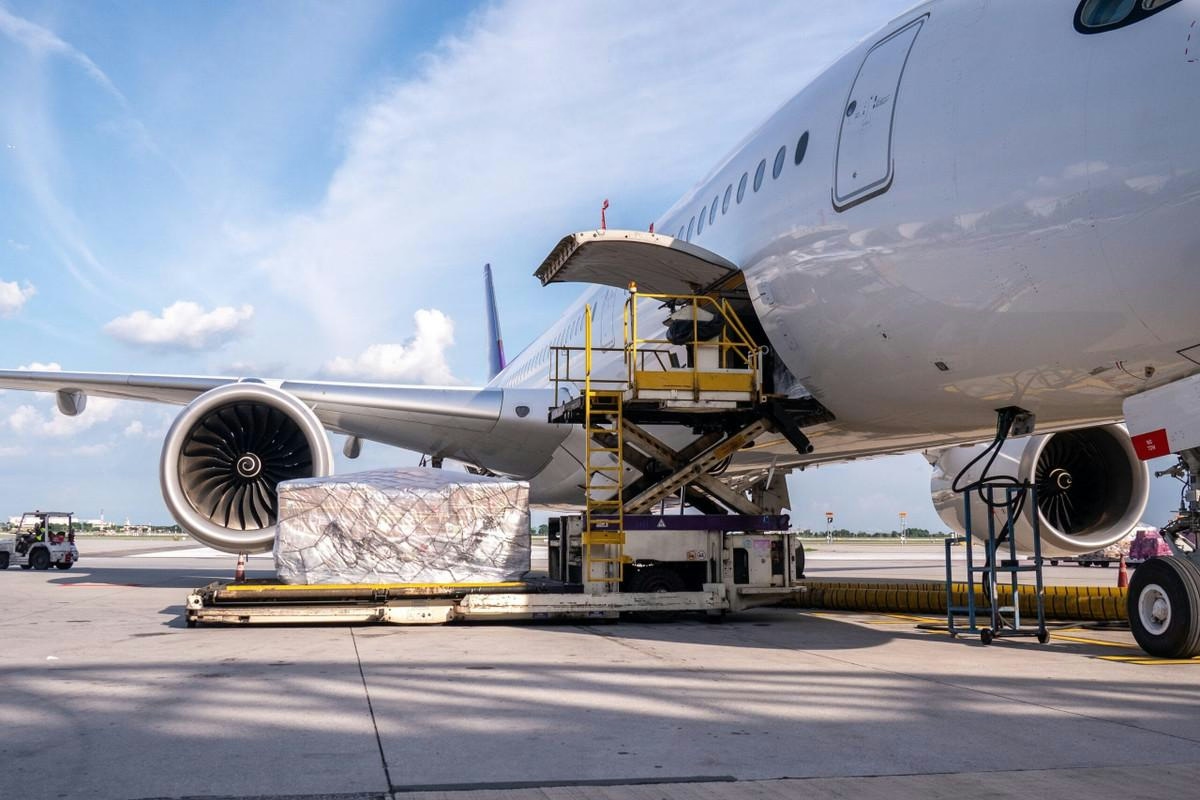
AeroGenie — あなたのインテリジェントな副操縦士。
現在のトレンド
Categories
Aircraft Leasing Market Projected to Reach $397 Billion by 2034
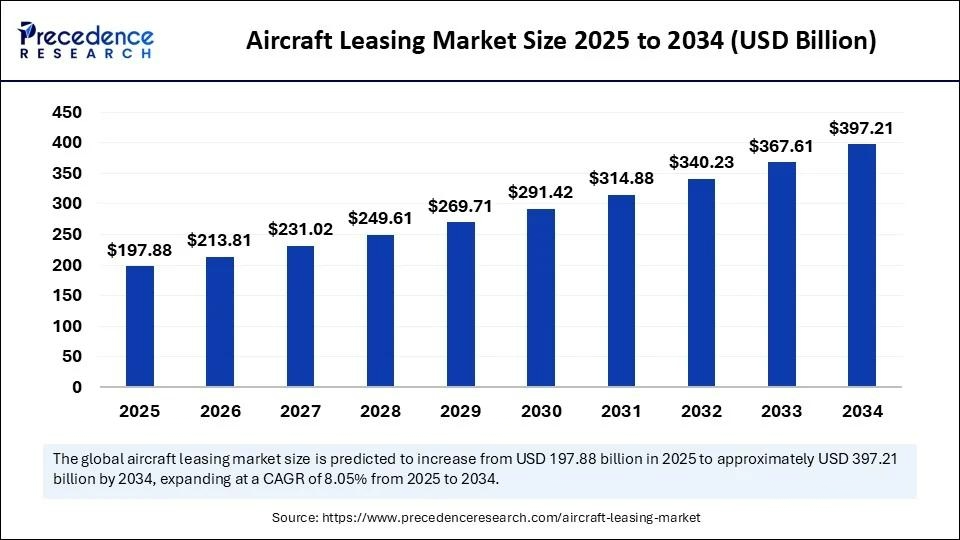
Aircraft Leasing Market Projected to Reach $397 Billion by 2034
The global aircraft leasing market is set for substantial growth, with its value anticipated to nearly double from $197.88 billion in 2025 to approximately $397.21 billion by 2034. This expansion corresponds to a compound annual growth rate (CAGR) of 8.05% over the forecast period. The surge is primarily driven by airlines’ increasing demand for fleet flexibility, efforts to reduce capital expenditures, and a growing preference for asset-light business models.
Market Overview and Regional Dynamics
In 2024, the aircraft leasing market was valued at $183.13 billion. North America emerged as the dominant region, capturing a 41% market share. This leadership is underpinned by a robust commercial aviation sector, well-established leasing infrastructure, and ongoing fleet renewal initiatives among major carriers such as Delta Air Lines, American Airlines, and United Airlines. The region’s focus on leasing fuel-efficient narrow-body aircraft, including the Boeing 737 MAX and Airbus A321neo, further consolidates its position.
Meanwhile, the Asia Pacific region is projected to register the fastest growth rate through 2034, reflecting rising air travel demand and expanding airline operations across the region. In terms of lease types, dry leases held the largest market share in 2024, although wet leases are expected to experience significant growth in the coming decade. Narrow-body aircraft dominated the leasing market in 2024, but leases for wide-body aircraft are anticipated to grow at a notable pace. Long-term leases currently lead the market, yet short-term leases are forecasted to expand most rapidly. Commercial airlines accounted for the largest lessee segment in 2024, with cargo operators expected to register the fastest growth through 2034.
Technological Advancements and Market Dynamics
Artificial intelligence (AI) is increasingly influencing the aircraft leasing sector. Leading leasing companies are adopting AI-powered tools to analyze aircraft performance, optimize lease structures, and enhance market demand forecasting. Machine learning algorithms are now employed to estimate residual values more accurately, reducing dependence on traditional financial models and mitigating asset risk. AI also improves portfolio management by enabling real-time tracking of flight hours and fuel consumption, while supporting predictive maintenance through early identification of component wear patterns. These capabilities help reduce unscheduled downtime and improve aircraft availability.
The broader adoption of advanced aviation technologies is also reflected in the growth of related markets, such as real-time aircraft diagnostics and health monitoring systems. These innovations are expected to further shape leasing strategies and operational efficiencies in the years ahead.
U.S. Market Outlook and Challenges
In the United States, the aircraft leasing market reached $52.56 billion in 2024 and is projected to grow to $116.21 billion by 2034, with a CAGR of 8.26%. The Federal Aviation Administration (FAA) has emphasized the importance of fleet modernization and efficiency, factors that continue to drive leasing activity among U.S. carriers.
Despite promising growth prospects, the aircraft leasing market faces several challenges. Fluctuating fuel prices, economic downturns impacting airline profitability, and evolving regulatory requirements could affect leasing agreements and market stability. In response, airlines may adjust fleet strategies, increasing demand for newer, more fuel-efficient aircraft. Market participants are expected to respond with competitive pricing, enhanced service offerings, and potential mergers or acquisitions aimed at consolidating market share.
As the industry navigates these challenges, the integration of advanced technologies and evolving business models will remain central to the aircraft leasing market’s development through 2034.

FACTS Summit 2025 in Sydney Highlights Innovation and Sustainability in Asia-Pacific Corporate Travel and Aviation
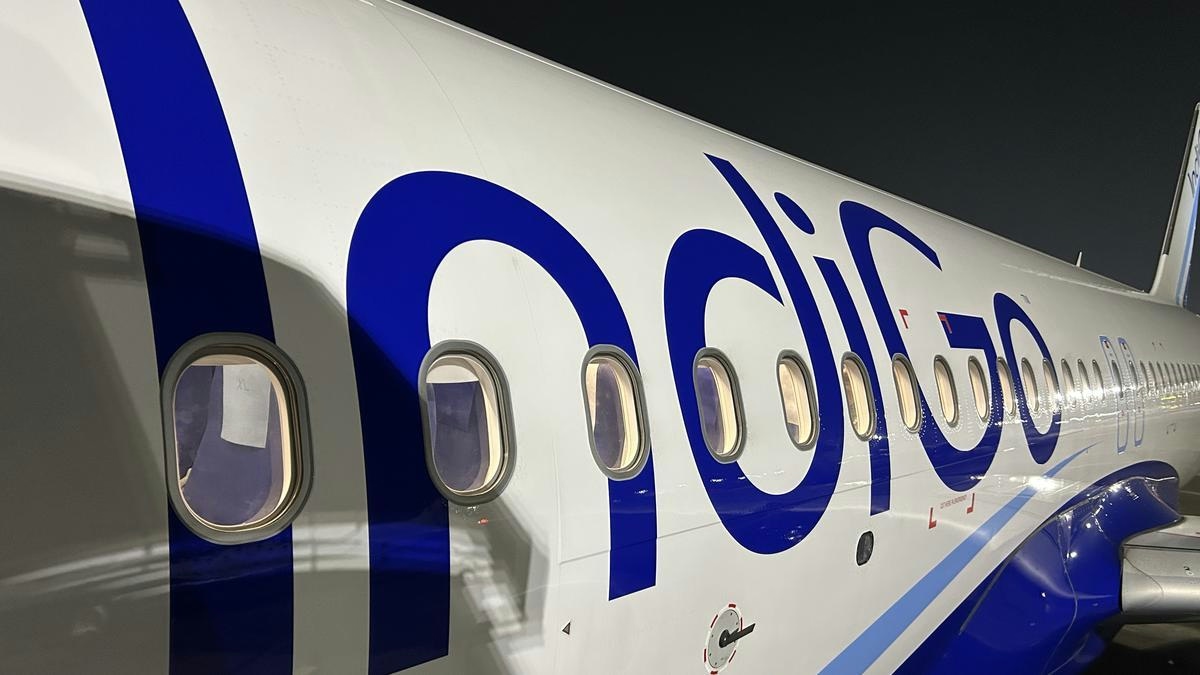
IndiGo to Deploy Wide-Body Aircraft on Vijayawada-Hyderabad Route, Says MP
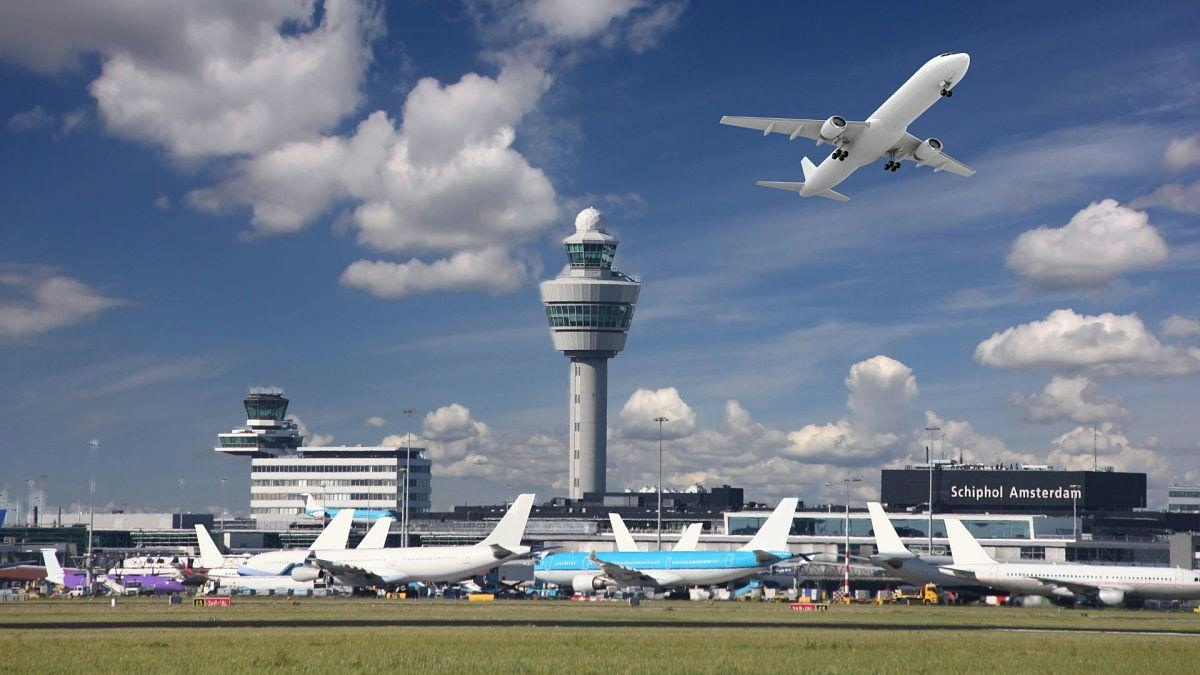
Europe Unveils New Aviation Strategy to Promote Cleaner, Faster Flights
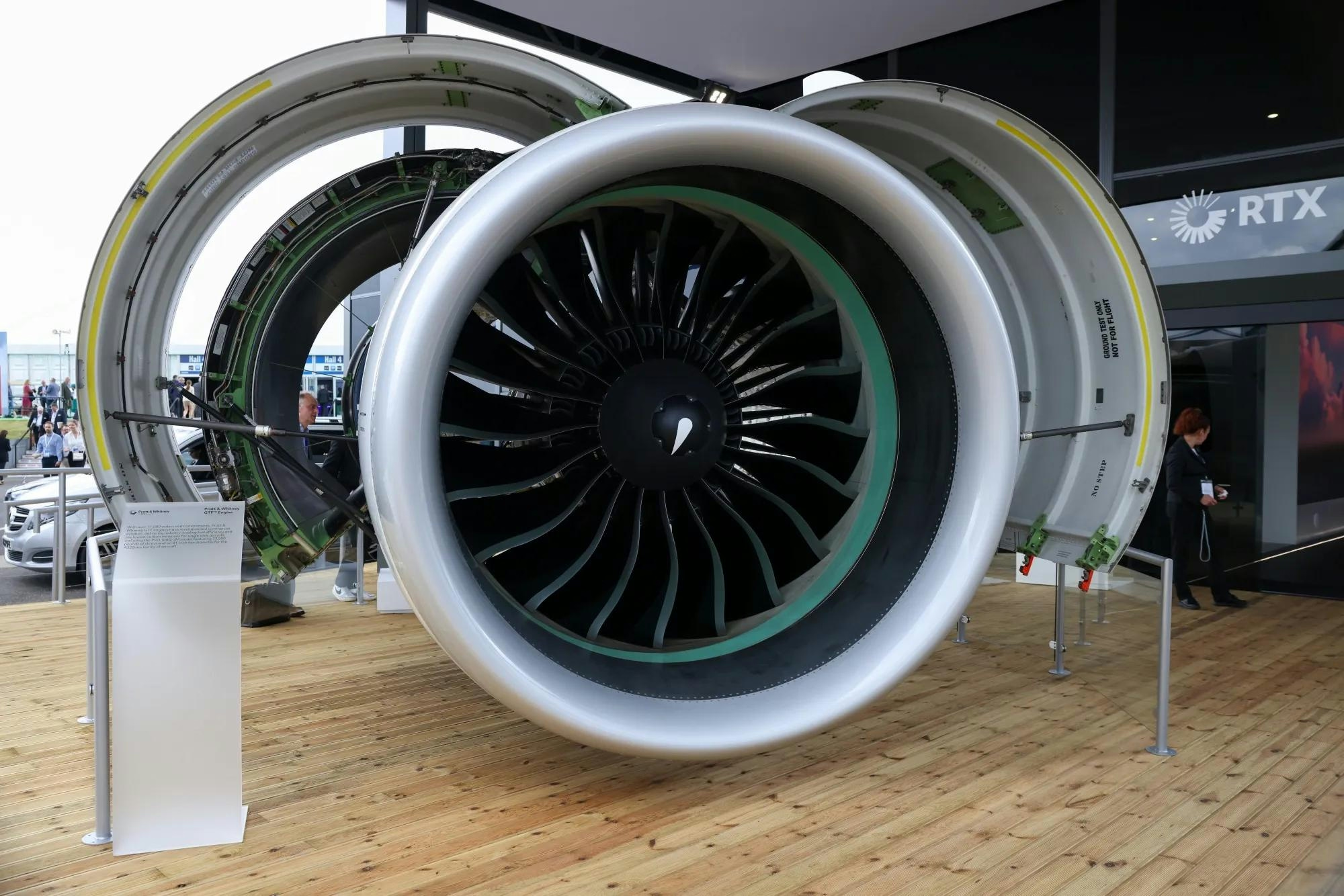
Spirit Signs Agreement with Pratt & Whitney Units on Aircraft Engines

ADB SAFEGATE Receives Industry Awards for Marketing, R&D, and Social Impact

GA Telesis Secures Five-Year Landing Gear Overhaul Agreement with Major U.S. Carrier

Government Strengthens Aviation Safety Framework Amid AI-171 Investigation

NASA Software Raises Bar for Aircraft Icing Research

Dans and Emirates Aviation University Partner on AI Air Traffic Management Research
